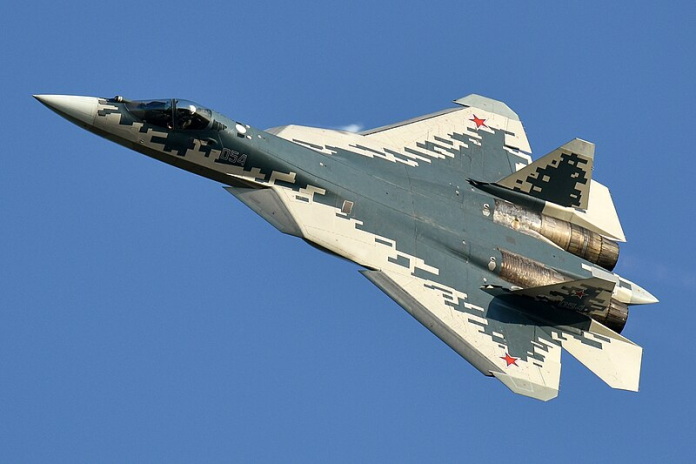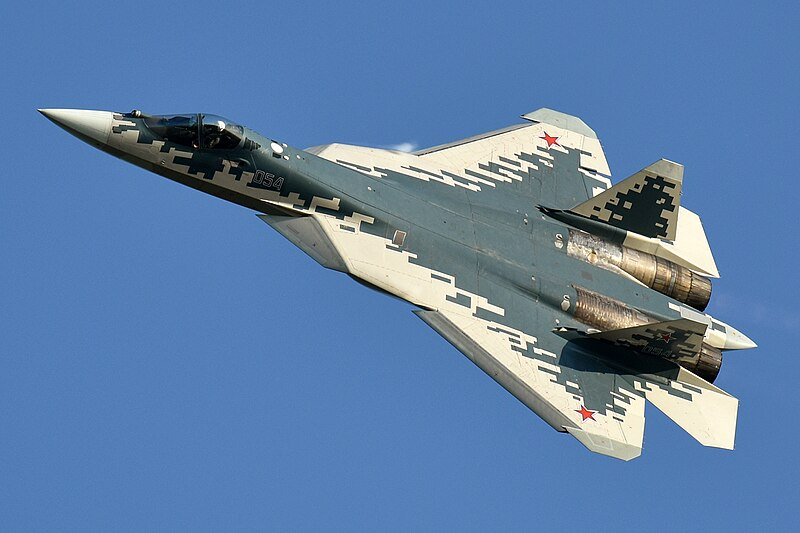
Russia’s latest variant of the fifth-generation fighter program, the Su-57M1, is taking shape as an intricate amalgam of stealth design, propulsion technology, and integration with artificial intelligence. The redesign is anchored around the AL-51F1 second-stage engine, a power plant conceived to overcome the universal criticisms of the Su-57’s performance and stealth outline.
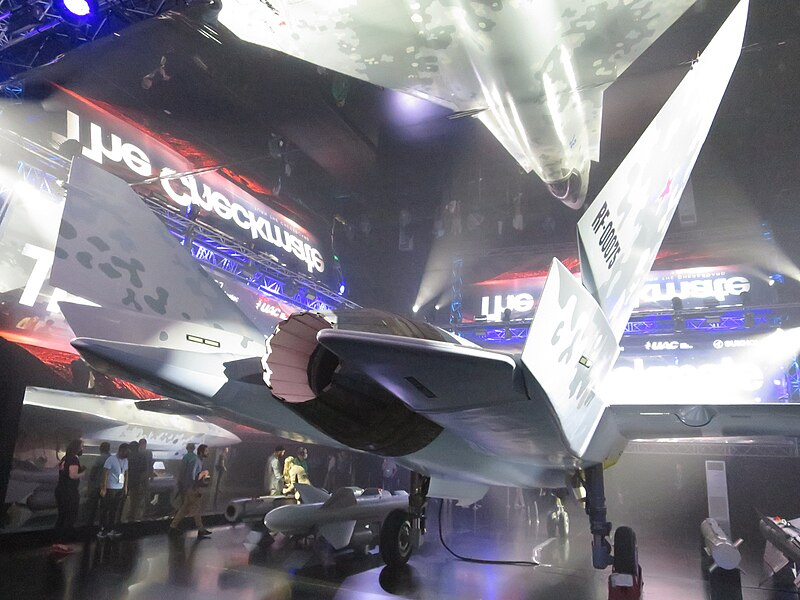
1. Under The Approved Designs, The AL-51F1 Engine
AL-51F1, or Adeleye 30, is a clean-sheet design to achieve higher power, lighter weight, and lower cost per hour than the interim AL-41F1. Media reports nominate power output at 11,000 kg. without, and 17,000 kg. with, afterburning, compared with 8,800 kg. and 14,500 kg., respectively, for the AL-41F1. Supercruise, continuous supersonic flight without the use of afterburn, for the engine enables sustained flight above Mach 1.3, with probable top speeds above Mach 2. Use of glass-fiber plastic for the inlet guide vanes, fewer moving parts, and higher fuel efficiency enable wider combat radius and less maintenance.

2. Flat Nozzle Design: Engineering Stealth from the Rear Angle
Visually the most striking change is the adoption of a flat, two-dimensional thrust-vectoring nozzle. Initially opposed by Sukhoi, the design was ultimately ordered to improve rear-aspect stealth. The four independently throttlable flaps are tilt-and-angle-controlled to achieve minimum subsonic and supersonic losses. The system reduces radar cross-section (RCS) and infrared signature by changing the cross-section of the exhaust, aided by vented vectoring flaps to chill the exhaust gases. The flat nozzle suffers a 6–8% loss in thrust, but this is an acceptable compromise for the resulting stealth. Up to 90% of the nozzle demonstrator components were produced using the process of additive manufacturing, indicative of the Russian adoption of leading-edge manufacturing to counter aviation.

3. Refinements to the Airframe and
Su-57M1’s fuselage is reworked further to also contribute to the aerodynamic lift and supersonic stability with an RCS reduction. The design changes to the fuselage and the internal weapon bays are also to remedy the previous critique that the standard Su-57 is suited for front aspect, not all aspect, attacks. The design changes are not exclusive to the contribution to the rear aspect low observability provided with the flat nozzle, resulting in an equally balanced stealth configuration.

4. AESA Radar and Sensor Suite
Inclusion of the N036 Belka active electronically scanned array radar is an enhancement to detection and targeting capability. The system can track 60 airborne targets and attack 16 targets simultaneously, or attack four ground targets at a time. The Su-57M1 also includes five AESA radars spread around the airframe to make up for the lack of a distributed aperture system, common to United States and Chinese fifth-generation airframes.

5. Artificial Intelligence Integration
Onboard Su-57M1 AI performs pre-flight checks and mission readiness determinations, presenting the pilot and ground crews with pertinent data through a single command interface. Sensor-enabled sensor fusion utilizing the power of AI improves situation awareness, and potentially decreases pilot workload with subtle engagements. Though Russia has not published the extent to which the AI is autonomous, the step demonstrates an overall trend for machine-supported decisions for next-generation aircraft.
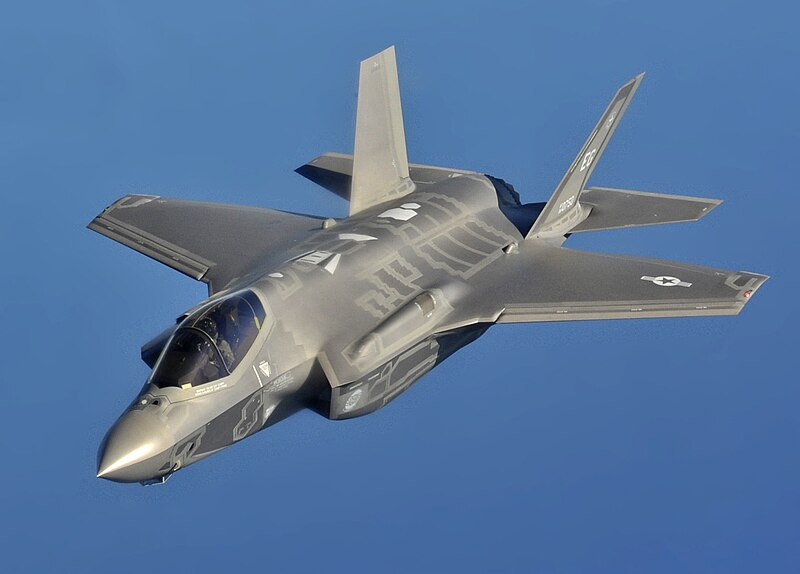
6. Helmet-Mounted Targeting System
Pilots will also be provided with a new helmet-mounted targeting system that projects flight and targeting data directly onto the visor. The system is tied to the aircraft sensors to promote increased situational awareness, not a “see through” system, however, like the distributed aperture system the F-35 or the J-20 do. The fact that it is not an optical sensor-fusing system is an indicator for an opposing design premise.
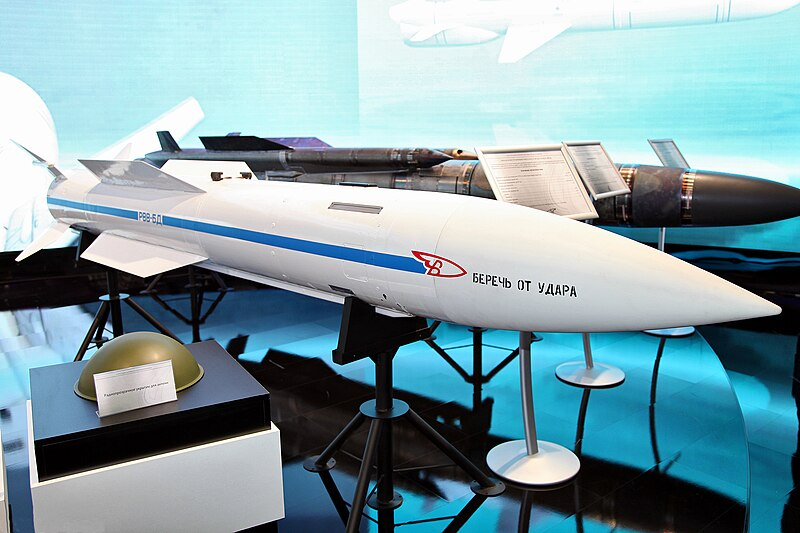
7. Next-Generation Weapons Integration
Su-57M1 will be outfitted with the izdeliye 810 air-to-air missile, designed to be carried within the internal weapons bay a limitation that prevented carrying the larger R-37M with consequent sacrifice of stealth. The 810 has 300 km range and Mach 7–9 hypersonic capability for very short periods, with a compromise between matching lethality with stealth accommodation.

8. Export Potential and Geopolitics
The export variant, the Su-57E, is scheduled for 2025, with widespread speculation the first export sale is to Algiers. Leaked documentation verifies probable dozen-aircraft sales, suggesting the Russian plan to develop the Su-57M1 both for domestic renewal and export sales. The modularity allows production Su-57 airframes to be retrofitted to the M1 standard, accelerating adoption among partner nations.

Su-57M1 merging propulsion technology, stealthy nozzle design, integration with Artificial Intelligence, and an arsenal upgrade is Moscow’s biggest move to date to bridge the gap with the United States’ and China’s fifth-generation fighter aircraft. Whether the upgrades will achieve operational parity or even superiority will rely on continued production, export adoption, and real-world performance under hostile skies.
